The content of the article
Salo, which is considered a traditional Ukrainian dish, in its natural form is in fact a solid fat of natural origin. It is deposited in the body of any animal in the process of its life, actually playing the role of a kind of warehouse with nutrients "for a rainy day." For this reason, the greatest amount of fat is usually concentrated in the carcasses of those animals that lead a sedentary lifestyle (goats, cows, pigs, etc.).
It is interesting: in the United States, beef tallow is practically not consumed in food and goes along with other food production waste to special processing plants, subsequently turning into fuel.
For most people in Russia and the former USSR countries, lard is an ideal snack to foam and alcohol.Firstly, it does not quickly get drunk, because, enveloping the stomach, reduces the intensity of absorption of alcohol, and secondly, very quickly gives a feeling of satiety due to its high calorie content. In order for lard to not lose all of its nutrients, you need to know how to store it at home and why different types of snacks are required for different types of snacks.
General rules for storage of fat
Whatever the fat - salted, smoked, fresh or some other kind, it should always be stored at a temperature not exceeding 5-7 degrees Celsius. Because it is obvious that the fat should always be either in the refrigerator or in the freezer.
Tip: it is important not to overdo it with low temperatures if the fat is stored in a sufficiently powerful refrigerator. Too low a temperature will adversely affect the taste characteristics of the snack.
Of course, lard can be stored in the cellar, but in this case it is necessary to pay attention to other characteristics of the surrounding air: for example, the room must, firstly, have air circulation and, secondly, low humidity.If these parameters are met, the fat is wrapped in paper (in which many modern supermarkets wrap bread) and put at a distance of 5-10 centimeters from each other. This will provide a sufficiently long shelf life (up to 6-7 months).
If the snack has been spent in a freezer or refrigerator for quite a long time, then it is easy to check its quality:
- First, lard, which is at room temperature, is very easily punctured with a match or a toothpick.
- The color of fat should be white, in any case not pale beige and, especially, yellow.
- This fresh snack has a characteristic smell, in a frozen one - it is completely devoid of it, therefore it is necessary to smell it before eating it.
Storage of fresh bacon
Fresh fat is always stored only in frozen form, so usually, starting from the purpose of subsequent use, one large piece is cut into several smaller pieces. Moreover, if later the fat will be used for salting, then the pieces are simply connected and in this form are sent to the freezer.In this case, cuts are necessary to ensure a continuous flow of air.
If the fat is used exclusively as a snack, then it is cut into very small pieces, which are then wrapped in regular food film and sent to the refrigerator.
Important: under no circumstances should fat be re-frozen. This is due to the fact that constant temperature drops will adversely affect, firstly, the taste of the snack, and secondly, actively contribute to its damage. Lard, which was heated several times from storage to room temperature, is stored at about three times less (even if ideal conditions are met), rather than what has been in the freezer all this time.
If it is necessary to store fat for a long time, then usually small pieces are additionally folded separately into glass jars, which are not tightly closed with a plastic lid. You can pour spices in the appetizer before sending it to the fridge.
Salt lard storage
Salted lard is stored a little differently than fresh, “in the old manner”, because this method allows not only to get a great taste and aroma later, but also to increase the shelf life.For this method, any wooden packaging is needed: a pallet, box or coil. It is very important that air circulation is ensured and the possibility of natural water flow is provided for.
Usually for these purposes they use such dishes, in which the bottom is slightly inclined (the angle is not more than 5-6 degrees). Accordingly, special holes with a diameter of 5-8 millimeters should be made in the container, this will provide the possibility of the brine flowing off.
Next, the surface of the wooden container is covered with a layer of newspapers, then - with a layer of parchment or paper for storing cheese and bread. After that, the bottom should be completely filled with table salt (since it is an excellent version of a cheap preservative, it is usually not spared).
Tip: since the fat has a rather unique property (it will not absorb more salt than is required), the bottom should be as densely covered with salt crystals as possible. In the future, the same layer can be reused.
Fat is laid down with the skins and then sprinkled with a layer of salt. It is necessary that it covers all the voids between the pieces and lay on them evenly.If there are a lot of pieces, then a clean hard brush can help to evenly distribute the salt over their surface. Usually after this operation from above all rows are plentifully sprinkled with herbs, garlic cloves and black pepper.
Then it is necessary to close the snack again with a thick layer of parchment, then press it down with something, for example, with ordinary cobblestones (which, obviously, you must first clean and wash, at least roughly).
Salted lard can also be stored in the freezer, but in this case it concerns only household scales. In this case, the slices are cut as thin as possible, and every 5-7 sprinkled with salt and wrapped in a napkin or parchment.
Smoked fat storage
Salty "grandfather's" way you can smoke - it will give it a special taste. At the same time, the rules for storing smoked fat are somewhat simpler: after smoking, let it cool, then wrap it in parchment and send it to the refrigerator.
If the shelf life is small enough, the lard can be hung with hooks on ropes stretched in a cold room.So that the smell does not fill the whole space, you can put a few pieces in the bags. If in this state the fat will be stored for more than 2-3 days, then they must be drilled to ensure ventilation.
Tip: if for some reason the methods described are not suitable, then you can store smoked fat in the freezer, but it is important to wrap it in canvas material.
In the air of a room or chamber, reduced humidity should be established: otherwise, smoked fat will be covered first with a coating, and then with a mold. In villages and villages, in rare cases fat is poured over with ashes, but the value of this action has not been proven.
Storage of Ghee
Important: for melted fat, the temperature threshold for storage is slightly higher and amounts to 10 degrees Celsius.
The melted lard may be in the freezer more than any other kind of snack, but nutritionists advise to eat it after six months or a year. If the natural white color, which has acquired fat in the refrigerator, has changed, then the snack must be subjected to heat treatment, in other words, fry over a campfire or gas in a frying pan.
Although lard is a fairly high-calorie product, it is still necessary to eat it occasionally due to the presence in its composition of a whole set of useful components. Established by nutritionists the rate of use of fat is considered 100-200 grams per month.
Video: delicious salted salted recipe in a jar





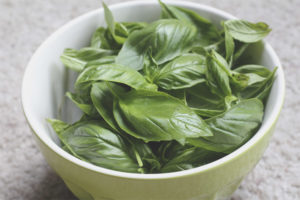
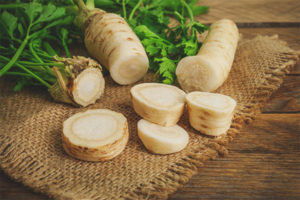
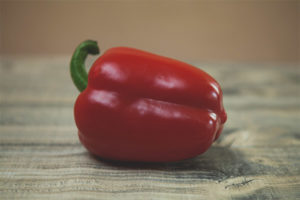

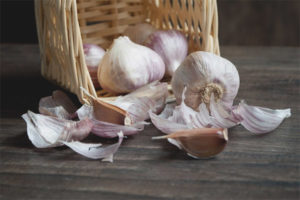

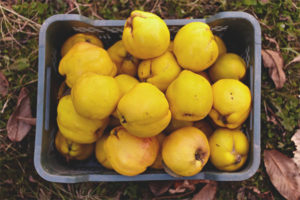

To send